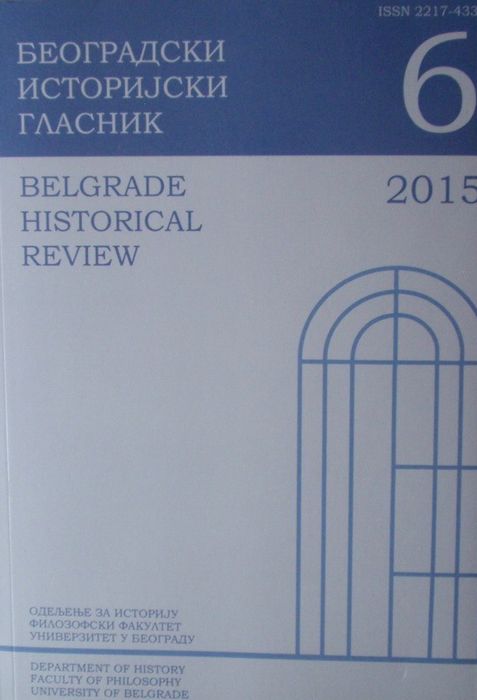ACCA LARENTIA: MYTH AND MODEL
ACCA LARENTIA: MYTH AND MODEL
Author(s): Miroslava MirkovićSubject(s): History, Ancient World
Published by: Филозофски факултет, Универзитет у Београду
Keywords: early Roman society; Romulus; Rea Silvia; kinship; father; mother; fostermother; Acca; Larentia; Mater Larum; Lar; penates
Summary/Abstract: At the beginning of the Roman history is the myth of the seven Roman kings. It can be used as reliable source for the social structure of the early Roman society. King’s house represents a model of the social relationship, of power organization and the transmission of the power in early Rom. Th e family model that appears in the Roman foundation story diff ers from the later known indo-European in that that the father was unknown. Romulus, the founder of the city, had no father. Romulus was growing up fatherless, together with his shadowbrother Remus. No other Roman king had a known father. The main figure in the family was the mother Rea Silvia and her father Numitor. Succession right was connected with the matrilineal descent, with Rea who bears the dynastic name Silvia. Beside mother appears another female, foster mother or wet nurse important in the upbringing the twins. The main role in their raising, after they have been exposed, was played by their surrogate father Faustulus and his wife Acca Larentia or Lupa. The twins Romulus and Remus survived because the lupa (she-wolf), so called the courtesan in the popular version, took care over them. She appears appears in Livy and other ancient authors as Acca Larentina, foster mother of the twins Romulus and Remus. In the story are preserved in different versions details which go deep in the past and reveal the elements of the original primitive society.
Journal: БЕОГРАДСКИ ИСТОРИЈСКИ ГЛАСНИК
- Issue Year: 2015
- Issue No: 6
- Page Range: 7-22
- Page Count: 16
- Language: English

